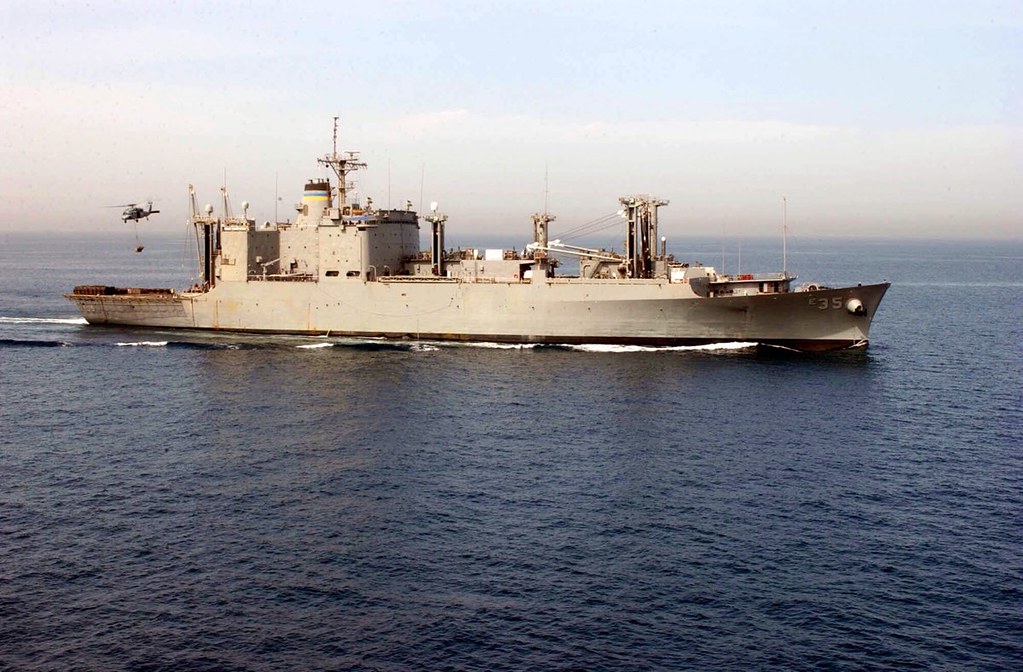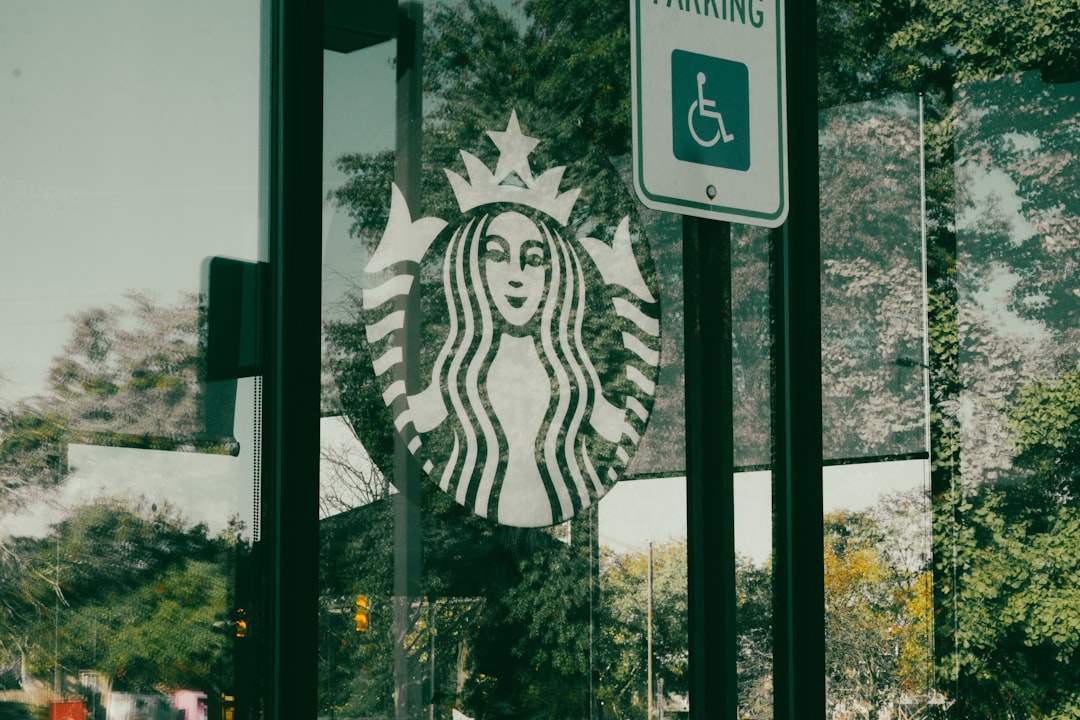
The Strike That Left No One Untouched (Image Credits: Flickr)
The salty spray of the Caribbean hung heavy in the air as rescuers spotted figures clinging to floating debris, marking a tense shift in the ongoing clash between U.S. forces and drug runners from Venezuela.
The Strike That Left No One Untouched
Picture this: a quiet dawn patrol turns into chaos in seconds. U.S. Southern Command launched a precision strike on a small vessel suspected of smuggling drugs through international waters near Venezuela. For the first time in this escalating campaign, survivors emerged from the wreckage, pulling the hidden world of cartel operations into sharp focus.
Officials confirmed the boat was linked to the notorious Tren de Aragua gang. This wasn’t just any hit; it carried enough narcotics to fuel thousands of addictions back home. The operation highlighted how far the U.S. is willing to go to disrupt these routes.
Details trickled out slowly. The military acted on solid intelligence, ensuring the target was isolated at sea. Yet, the presence of survivors adds a human layer to what has mostly been a story of swift, lethal takedowns.
Unpacking the Tren de Aragua Threat
These aren’t your average smugglers. Tren de Aragua started as a prison gang in Venezuela but ballooned into a transnational powerhouse, dealing in drugs, human trafficking, and extortion. Their boats slice through the Caribbean like ghosts, evading patrols with speed and cunning.
Why Venezuela? The country’s instability has turned it into a launchpad for these operations. Gangs exploit weak borders and corrupt networks to ship fentanyl and cocaine north. U.S. officials label them a top threat, even tying them to broader destabilization efforts.
Recent designations as a terrorist group by Washington ramped up the pressure. Strikes like this one aim to dismantle their maritime supply lines before the cargo hits American shores. It’s a high-stakes game where every vessel counts.
A Timeline of U.S. Counterstrikes
Since early September, the U.S. has ramped up its response. The first major hit in early September sank a boat, killing 11 alleged cartel members. President Trump hailed it as a win against the flow of deadly drugs.
That set off a chain reaction. A second strike took out three more suspects. By mid-October, the tally climbed with additional operations, each one chipping away at the cartels’ confidence.
Here’s a quick rundown of the key incidents:
- September 2: 11 killed in initial Caribbean strike tied to Tren de Aragua.
- September 15: Three more perish in follow-up attack.
- October 14: Six dead in another precision hit.
- October 17: Latest strike leaves survivors amid the debris.
These aren’t random; they’re part of a declared “armed conflict” with the cartels, as stated by defense leaders. The pattern shows a calculated escalation.
Legal Shadows and Global Ripples
Experts are divided on the strikes’ legality under international law. Some argue they stretch the boundaries of self-defense in international waters. Venezuela’s government calls them outright assassinations, fueling diplomatic firestorms.
The UN ambassador from Caracas slammed the actions as extrajudicial killings. Tensions spiked when Venezuelan jets buzzed U.S. ships in response to earlier hits. It’s a powder keg, with allies watching closely.
Still, supporters point to the drug war’s toll. Overdoses claim tens of thousands of lives yearly in the U.S., often from cartel-sourced fentanyl. These operations, they say, save far more than they endanger.
Voices from the Frontlines
Survivors’ stories add urgency. Families in Trinidad identified one victim as a local fisherman, caught in the crossfire or perhaps coerced. Questions swirl about innocence versus involvement.
U.S. officials maintain the targets were vetted. Yet, the human cost weighs heavy. Rescuers faced choppy seas and scattered evidence, piecing together what went down.
This incident could lead to interrogations that crack open cartel networks. Intelligence from survivors might expose bigger players onshore. It’s a potential turning point in the shadows.
The Road Ahead in This Shadow War
As the sun sets on another contested stretch of sea, one thing stands clear: the U.S. isn’t backing down. These strikes signal a tougher stance, blending military might with anti-drug resolve. But with survivors now in the mix, accountability demands rise.
Broader implications loom for regional stability. Will Venezuela retaliate further? Could this spark wider alliances against cartels? The Caribbean’s waters feel smaller, more volatile by the day.
Key Takeaways
- U.S. strikes have neutralized at least five cartel boats since September, disrupting drug flows.
- For the first time, survivors provide a chance for deeper insights into operations.
- International criticism grows, testing the balance between security and law.
In the end, this isn’t just about one boat – it’s a reminder of the relentless battle against cartels that poison communities worldwide. What do you think about these high-seas showdowns? Share your thoughts in the comments below.







